I had tools, and everything else related to RC sub building out today to try and get this project completed and in the water! I did finish up the 70 mm WTC, and it all works!! I water tested the WTC to check for any leaks and I am happy to say I lucked out on this one. I decided to run my RX antenna on the inside of the cylinder just like on all my SD. My subs do not get much further than 10 feet from my TX and if I do dive it is no more than 2 feet at the most. Never had a problem.
Tomorrow I will start working on the balance and the trim work!
Rob
"Firemen can stand the heat"

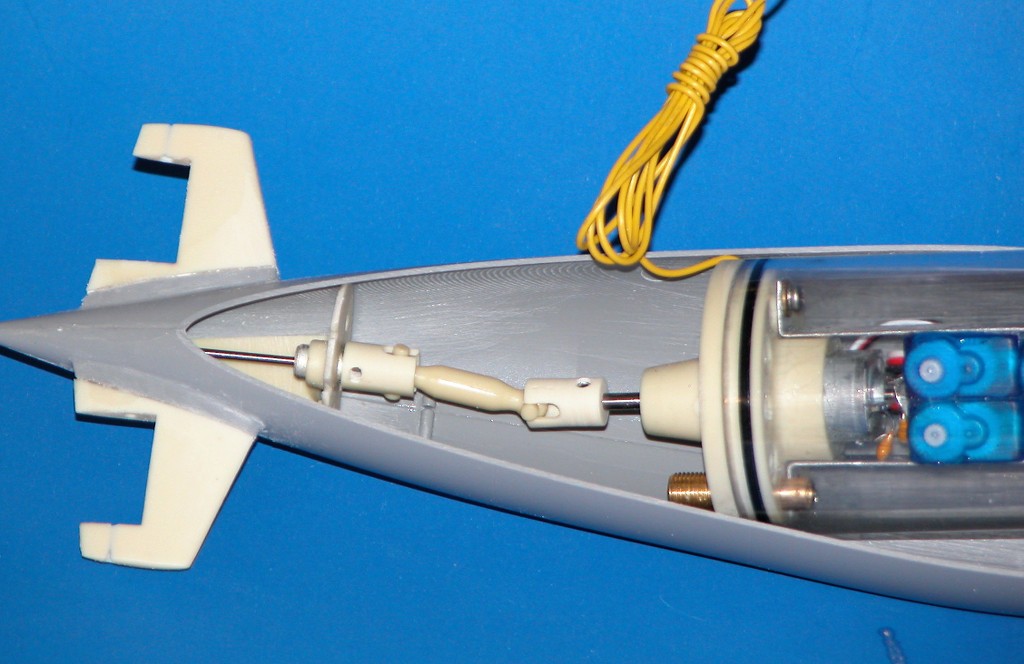
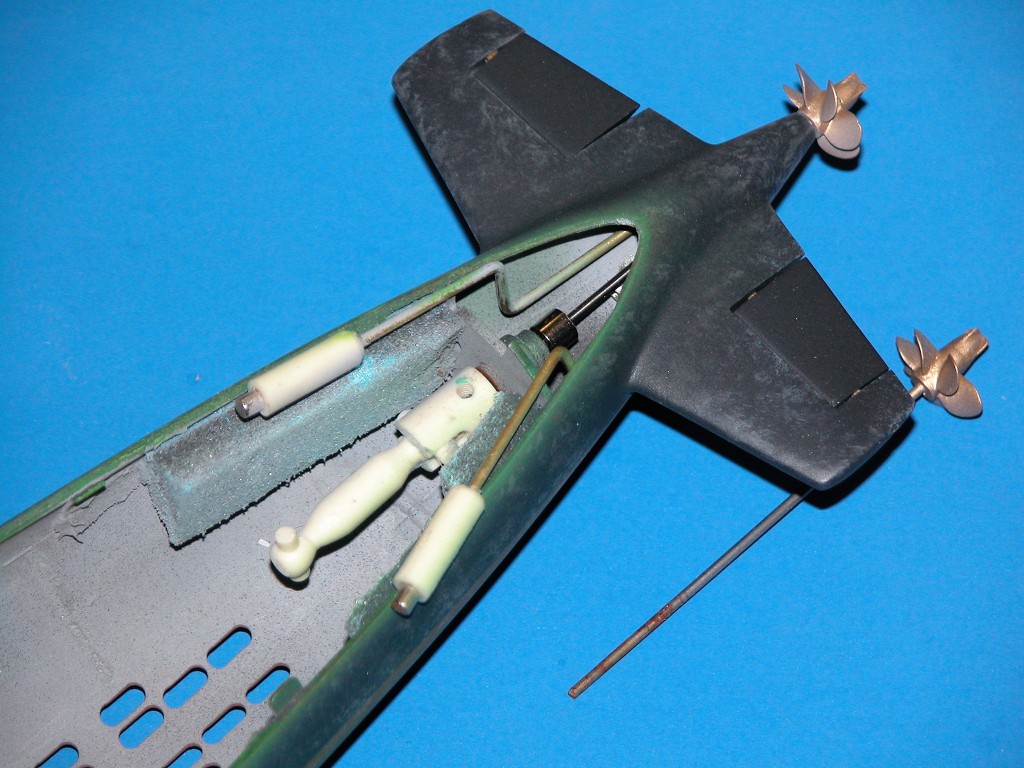
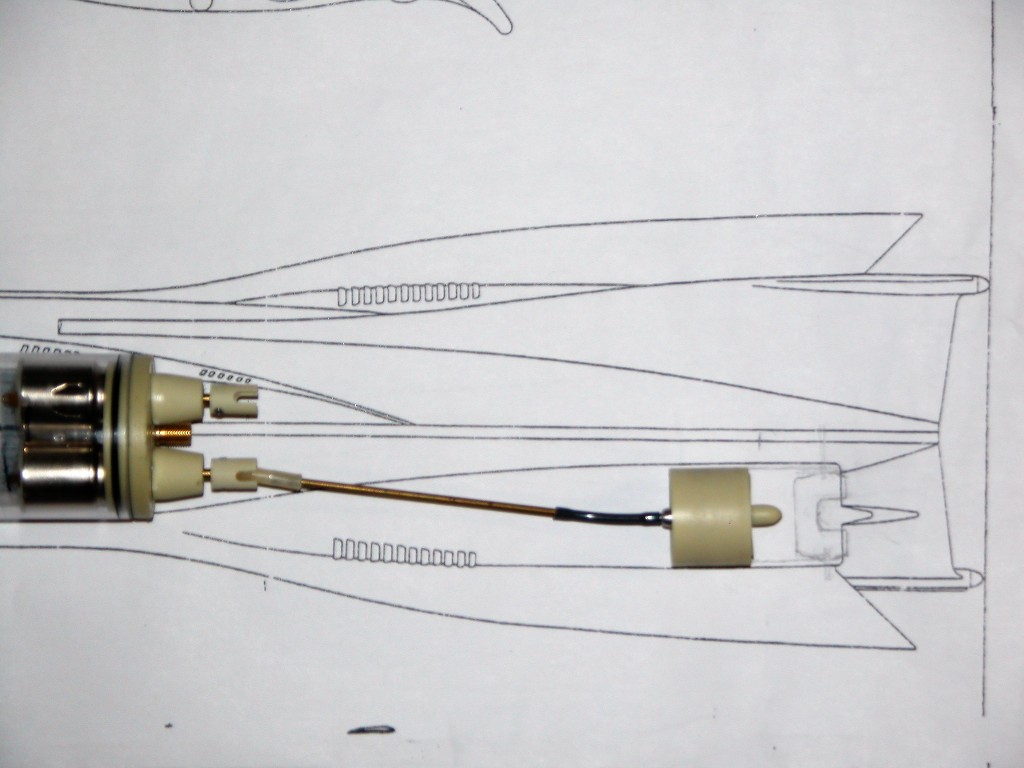
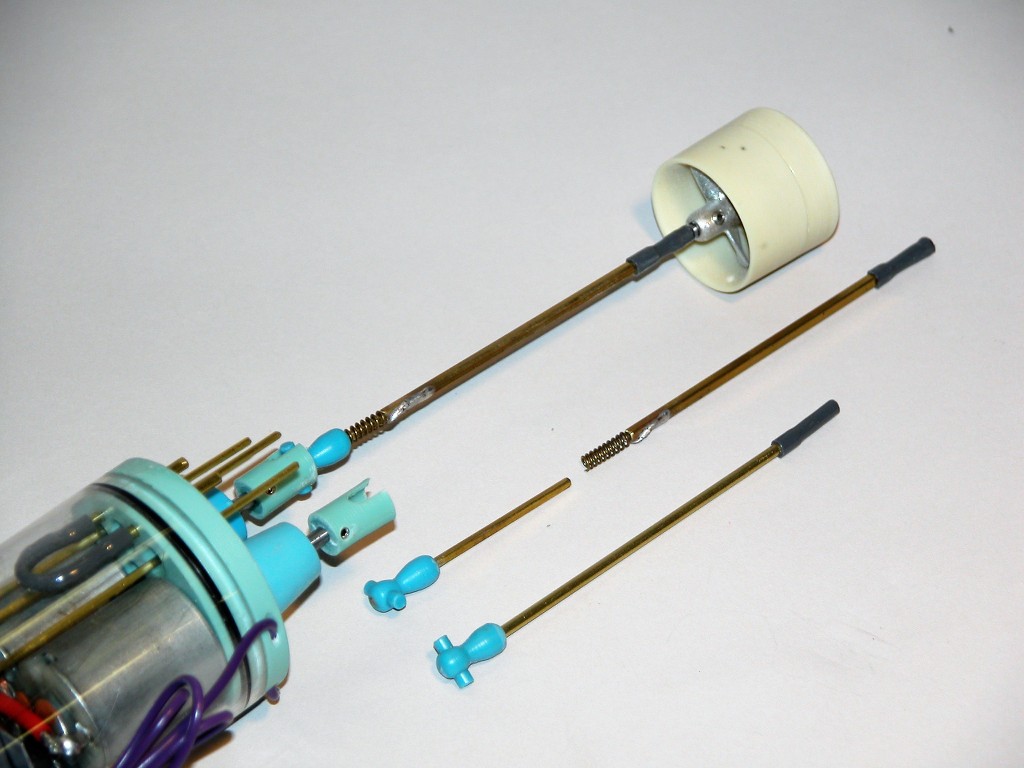
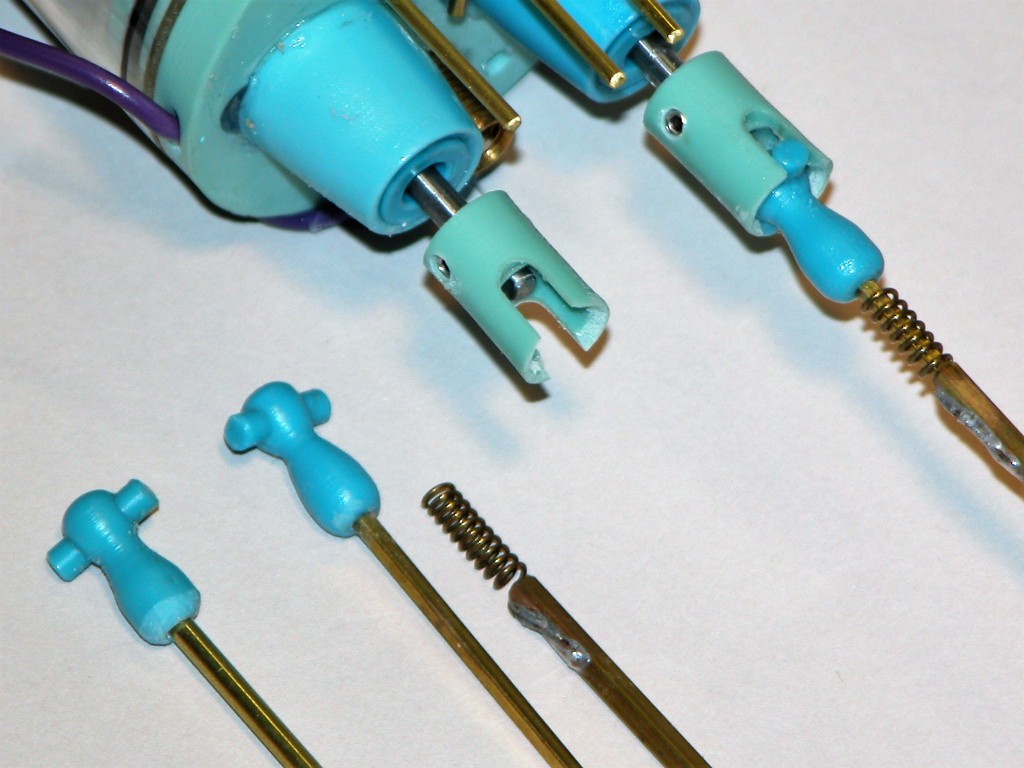
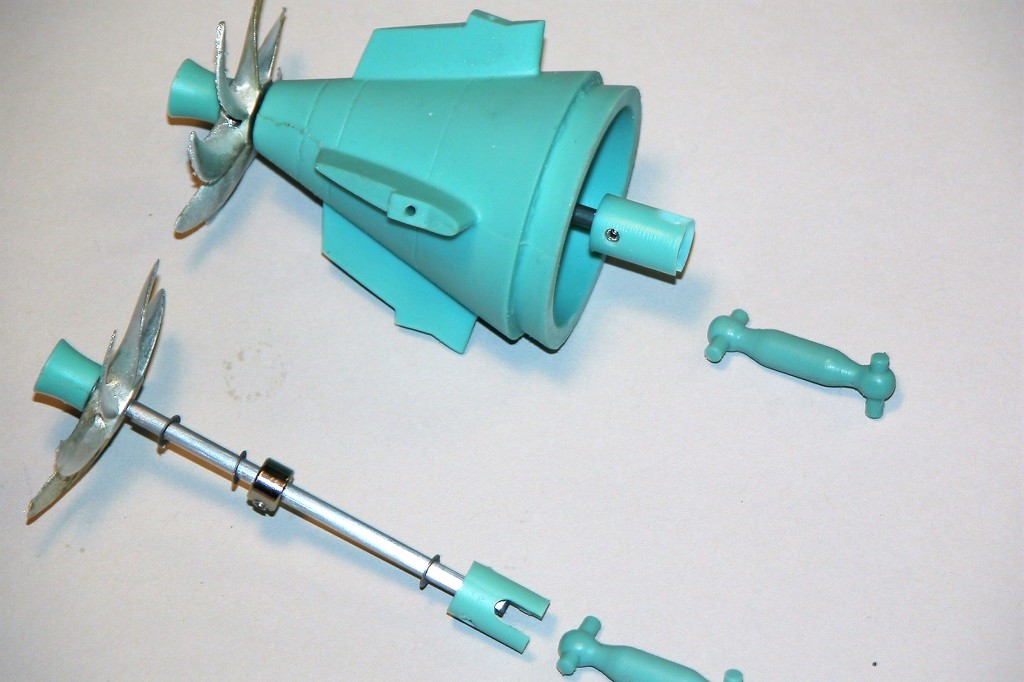
Leave a comment: